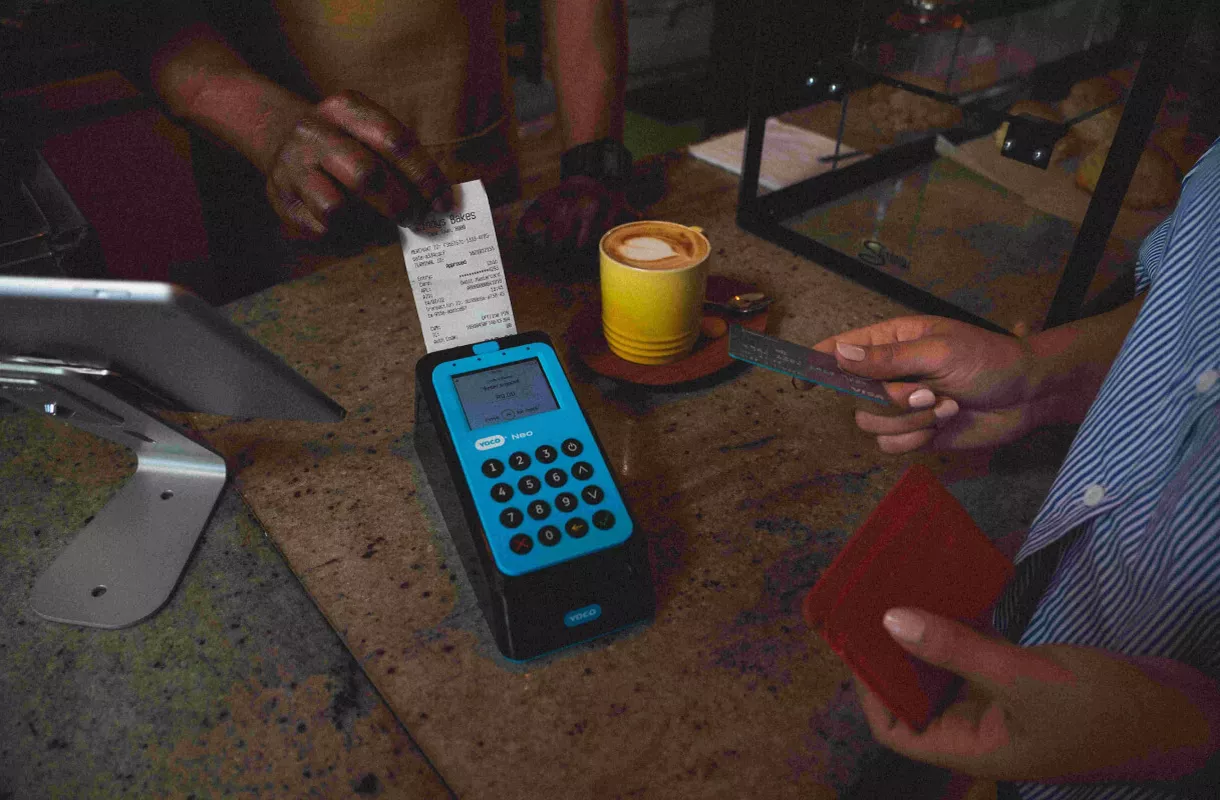Business Tech
Yoco revolutonises payments – yet again
Many years of homework have been the key to KATLEGO MAPHAI’s success, writes ARTHUR GOLDSTUCK.
Eight years ago, we sat down to chat with a bright young innovator who had come up with a bright new idea: a low-cost mobile terminal thar would allow the smallest of businesses to accept credit card payments without jumping through hoops.
For the previous three years, Katlego Maphai had done his homework, and finally passed the exams of the marketplace: developing a device that could receive payments when linked to a smartphone, getting payments working via the cloud, getting “supermerchant” status from a major bank that allowed his business to act as a go-between for entrepreneurs who did not have card acceptance facilities, and getting merchants to try his system before it formally launched.
Maphai was giving his first media interview, and his enthusiasm was so infectious, it was impossible not to believe in him and his business. And that belief proved well-founded.
From 2015 to 2018 Yoco brought on board 30,000 small businesses, and raised venture capital to the tune of $16-million. The user base mushroomed to 150,000 by 2021, and Yoco became a household name. That set the scene for the largest single venture capital investment in a South African payments startup: $83-million, or R1.23-billion in 2021 money.
Now, Maphai has embarked on the next phase of the payments revolution he is leading. But again, he has spent years doing his homework.
“It was late 2018, after our series B funding round, where we took a pause, got onto a plane and went to Europe, Brazil and the USA, and looked at the major payment platforms to understand, how did these companies get to scale?
“We started seeing a consistent pattern with all these companies: once we looked under the hood, these were infrastructure companies. They had full control over the payments that were going directly to Visa and MasterCard, full control over whatever was happening on their terminals. They weren’t outsourcing anything. That control resulted in the payment experience being really high at the moment you need it, at the point at which value has been exchanged between the consumer and the merchant.”
This, in turn, meant smooth transactions, fast transactions, and transactions that always worked, leading to the transactions bring trusted. The processing of the payment happened almost entirely in the background. And that, ultimately, translated into a sale.
“We found that these companies had such control over the infrastructure because they were vertically integrated, and they could deliver the highest quality payment experience.”
The result was that they were able to bring down the price of their services.
“Since then, I’ve been in the infrastructure game.”
The most significant outcome is the development of the company’s own payments operating system, Yoco OS, which allows it to fine tune the user experience.
“Now we’ve launched our latest device, the Neo Touch, the first device that we designed from concept and industrial design and had manufactured and produced and shipped. It was the first time that we really had end-to-end control.
“As a result, here’s a device that looks completely unique, with an integrated SIM card, a version of Android, and Yoco OS built on top of it as firmware. Merchants can accept Visa, MasterCard, Amex, with a tap that allows a payment to be processed in less than a second.
“Most machines still have those three things, where you can swipe our card or type your PIN or you can tap, even though magstripe is obsolete and a risk. So, we got special permission to remove the magstripe reader. It’s allowed us to bring the price down, meaning a double benefit to our customers.
“This is a culmination of multiple layers of doing the homework and we’re able to deliver it at a price point that is quite amazing.”
* Arthur Goldstuck is founder of World Wide Worx and editor-in-chief of Gadget.co.za. Follow him on Twitter and Instagram on @art2gee

















